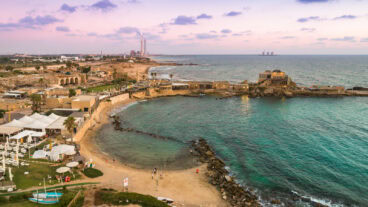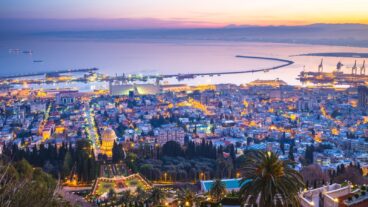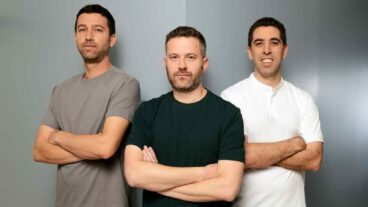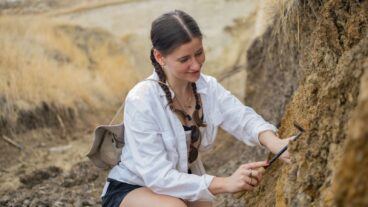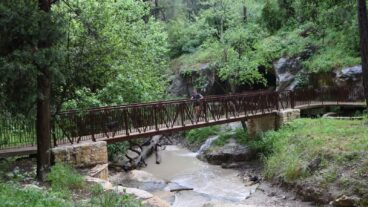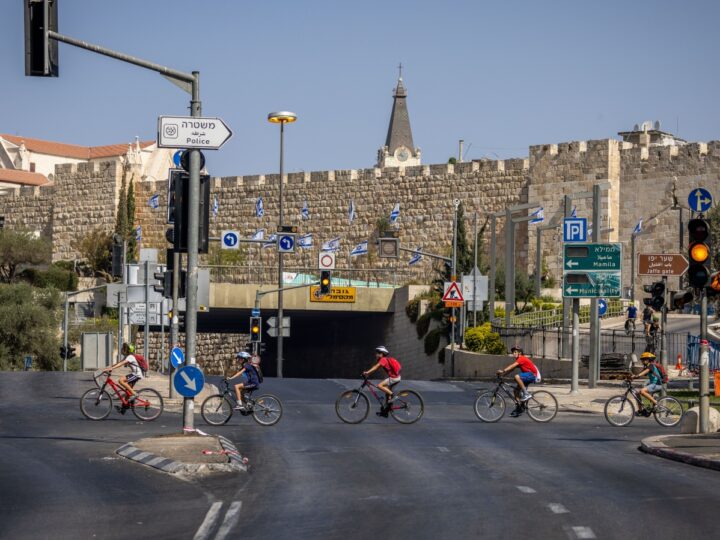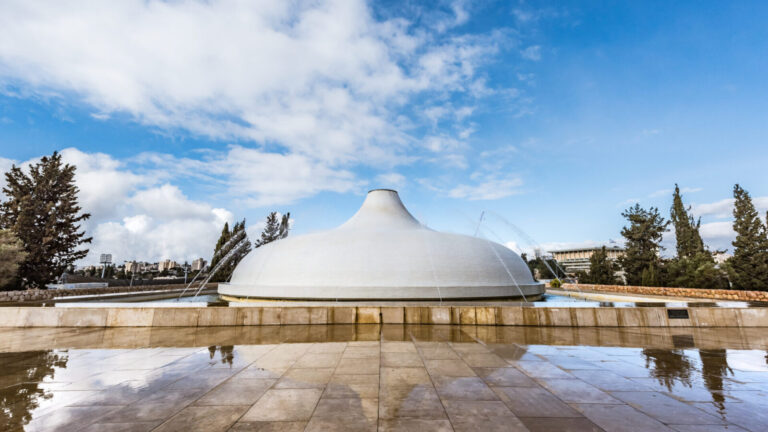The Tower of David fortress, built by the grandiose King Herod 2,000 years ago, was the tallest building in Jerusalem during the Second Temple period and the only structure to remain intact after the Romans set the holy city on fire in 70 CE.
Now, the renewed Tower of David Museum near Jaffa Gate continues to impress with its cutting-edge multimedia exhibits and architectural design that blends seamlessly into a 3,000 year old archeological park.
Since it was founded in 1989 by then-Jerusalem Mayor Teddy Kollek, the Jerusalem history museum has awed visitors (600,000 in 2019 before the renewal project began) primarily with its Night Experience show, which uses the old stone moat and ancient towers as a backdrop.
Thanks to a doubling in size to over 20,000 square meters, the intention is to continue the same powerful experience in the galleries, where Jerusalem’s long, complex and colorful history is presented in innovative and engaging ways.
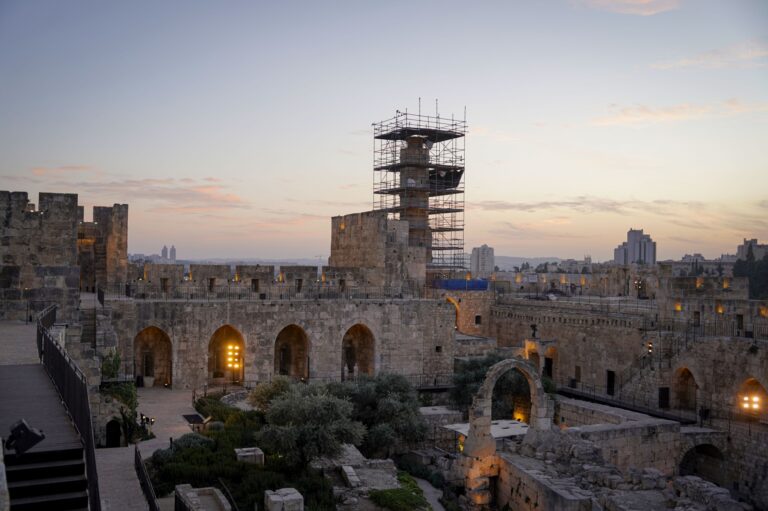
“No other museum can tell Jerusalem’s story in such a distinctive setting, within this citadel, that has witnessed so many eventful periods in the city’s past,” said director and chief curator Eilat Lieber.
“The iconic architecture, massive Jerusalem stone walls and beautifully arched ceiling guard rooms create a unique setting for this museum which will become the gateway to this unique city.”
Touring 10 galleries
Ahead of the museum’s June 1 grand reopening, ISRAEL21c got to tour its 10 new galleries.
Created by a multidisciplinary team of archeologists, architects (Kimmel Eshkolot), designers (Studio de Lange), curators and visual creators, these exhibition spaces offer something for every interest: history, geography (including 14 interactive maps), archeology, literature, theology, film, photography, music and more.
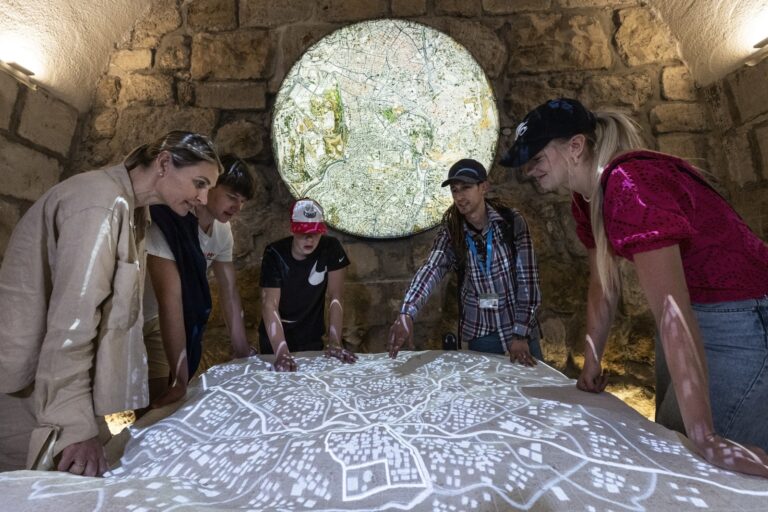
The first gallery off the new multi-level sunken entrance pavilion has a 12-meter interactive multimedia panel (the largest in Israel) which lets you go through Jerusalem’s 4,000-year history with a quick touch.
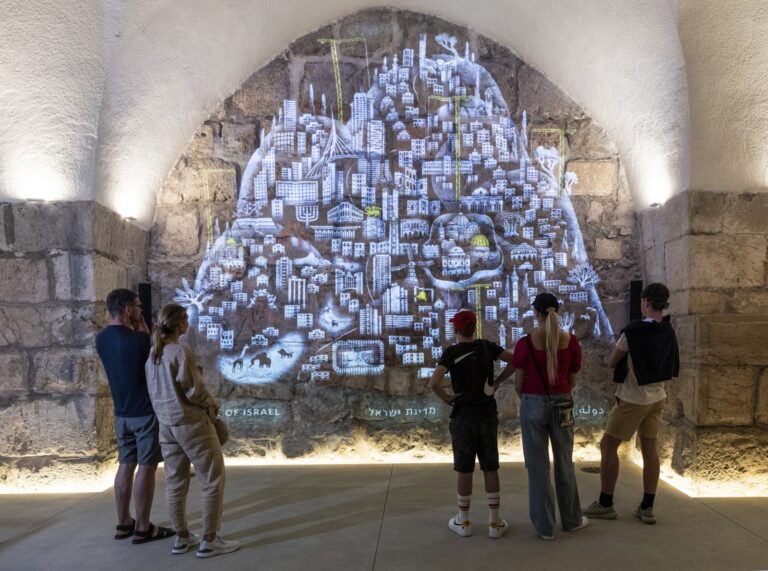
Entitled “Sands of Time,” the installation was created by award-winning American experience design firm Local Projects, which was responsible for New York’s 9/11 Memorial and Museum. The end-design and programming was done by Israeli company Shortcut Playground.
On another wall is a mesmerizing digital animation depicting different periods in the city’s history, created by Israeli Oscar-nominated filmmaker Ari Folman (“Waltz with Bashir”).
The work is not just projected onto the ancient wall but has been photomapped so that each stone is incorporated into the visual experience.
Unburied treasures
Each gallery is full of artifacts, some dug up onsite during excavations and many displayed for the first time.
One that caught my eye is a red seal from the First Temple period (eighth to sixth century BCE) with the inscription “Belonging to Matanyahu, son of Azzaryahu.”
And I saw tiny gold coins on which the shekel symbol is visible when viewed enlarged on a screen. Curator Tal Kobo takes delight in noting that this is the same symbol used on the present-day shekel coin.
This interplay of the past and the present is exactly what the curators intended.
Kobo points to the citadel’s arched windows, which assure that the “view of modern Jerusalem is in constant dialogue with the historical aspect.”
In Gallery Two, you can study ancient limestone vessels from first-century Jerusalem against the backdrop of Mishkenot Sha’ananim, the first Jewish neighborhood built outside the Old City walls.
3 faiths
The next three galleries trace the sanctity of Jerusalem and its religious significance in Judaism, Christianity and Islam.
The gallery devoted to Islam is particularly beautiful as it’s located in a former mosque from the Mamluk period (13th century CE) and contains the original mihrab (prayer niche) and minbar (a structure of steps allowing the muezzin to climb up and pray toward Mecca).
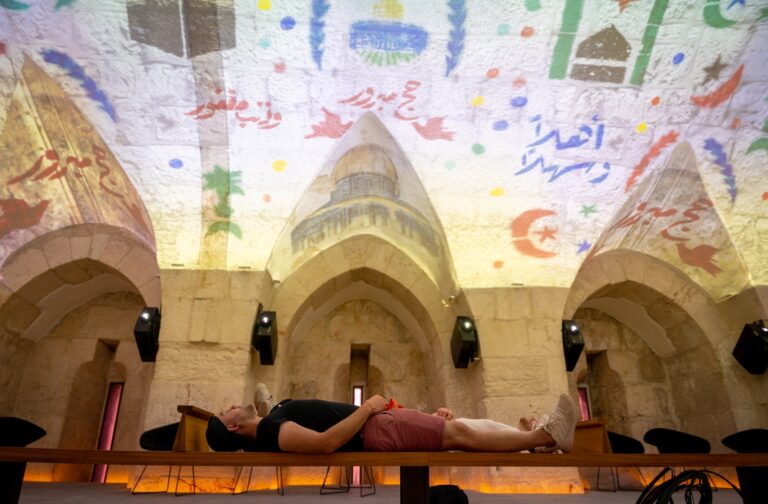
Adjacent to this room is a gallery focused on convergence of the calendars of the city’s religions in present times (365 days in 7.5 minutes, to be exact).
This is done through the projection of a work created by renowned Israeli book illustrator and artistic film creator David Polonsky onto a spherical ceiling.
The soundtrack to the diverse images has been taken from recordings of Jerusalem choirs.
Upon exiting the museum, visitors head straight into the bustling Old City and present-day reality.
Almost completely accessible
The impetus for the extensive remodeling project, led by Dame Vivien Duffield through the Clore Israel Foundation, began as the years started to take their toll on the physical structure of the fortress.
The Israel Antiquities Authority played a large role in the conservation and ultimately had the final say on what changes would be permitted.
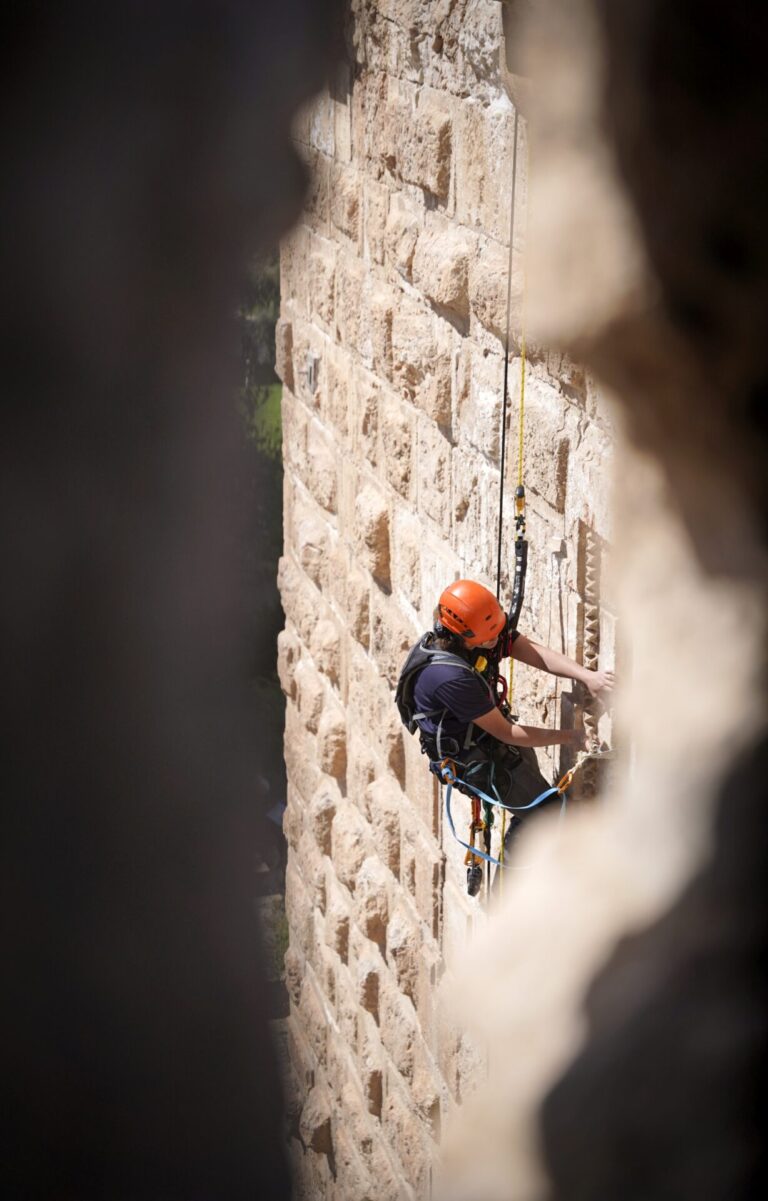
This also gave the museum, which was inaccessible due to its many stairs, the opportunity to rethink how it could accommodate disabled visitors.
This was done by leveling entrances to the ancient guardrooms, adding two elevators and ramps.
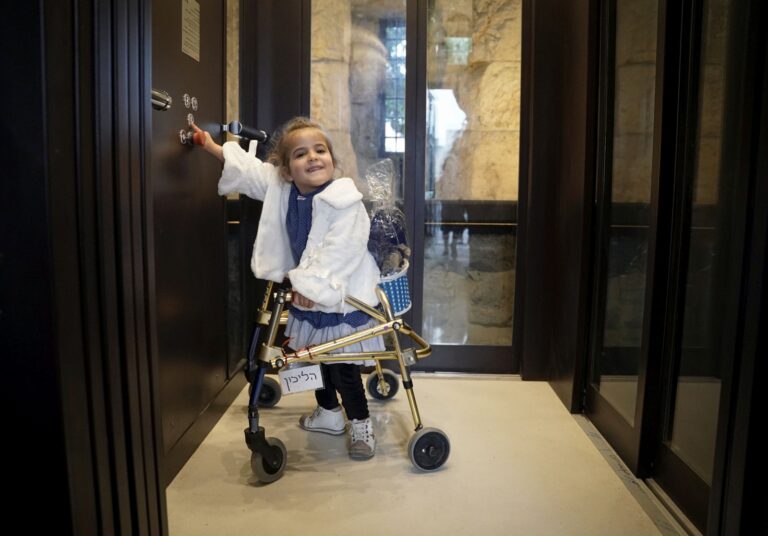
A third elevator up to the citadel’s observation deck to see the spectacular view over Jerusalem was not permitted by the Antiquities Authority, so VR glasses and a link to see a 360-degree view day or night will be provided to those who cannot climb the 50 steps.

Besides special audio guides with descriptions of the Night Spectacular visuals for the sight impaired and guides with Hebrew, English, Arabic and International sign language for the hearing impaired, there will also be a sensory map showing those with noise sensitivity which galleries should be avoided and directing them to a quiet room.
Reut Kozak, head of access and inclusion at the museum, will launch a monthly “Relaxed Performance” at the sound and light show for the comfort of those who find it difficult to sit still or stay quiet (including young children).
Lieber expressed her hope that all visitors — whether a schoolchild from Israel or a tourist from abroad — will use the knowledge they gain in the museum as “a basis for dialogue, tolerance and respect.”






